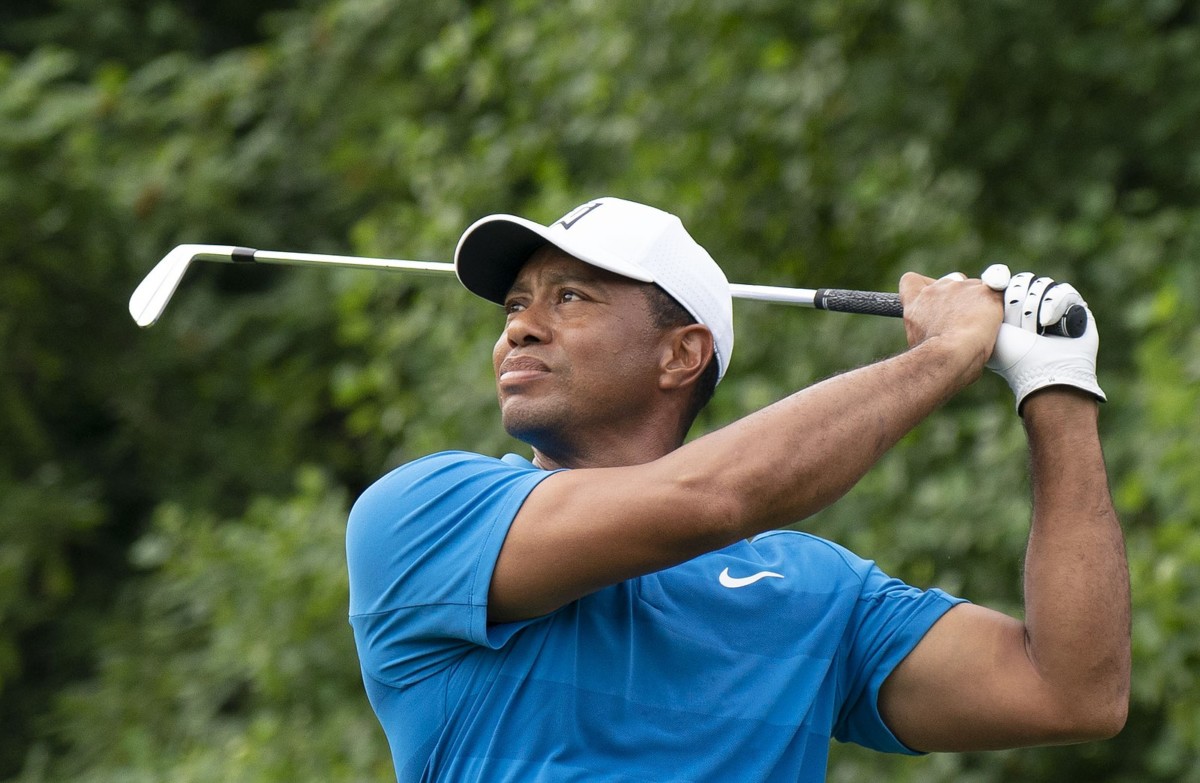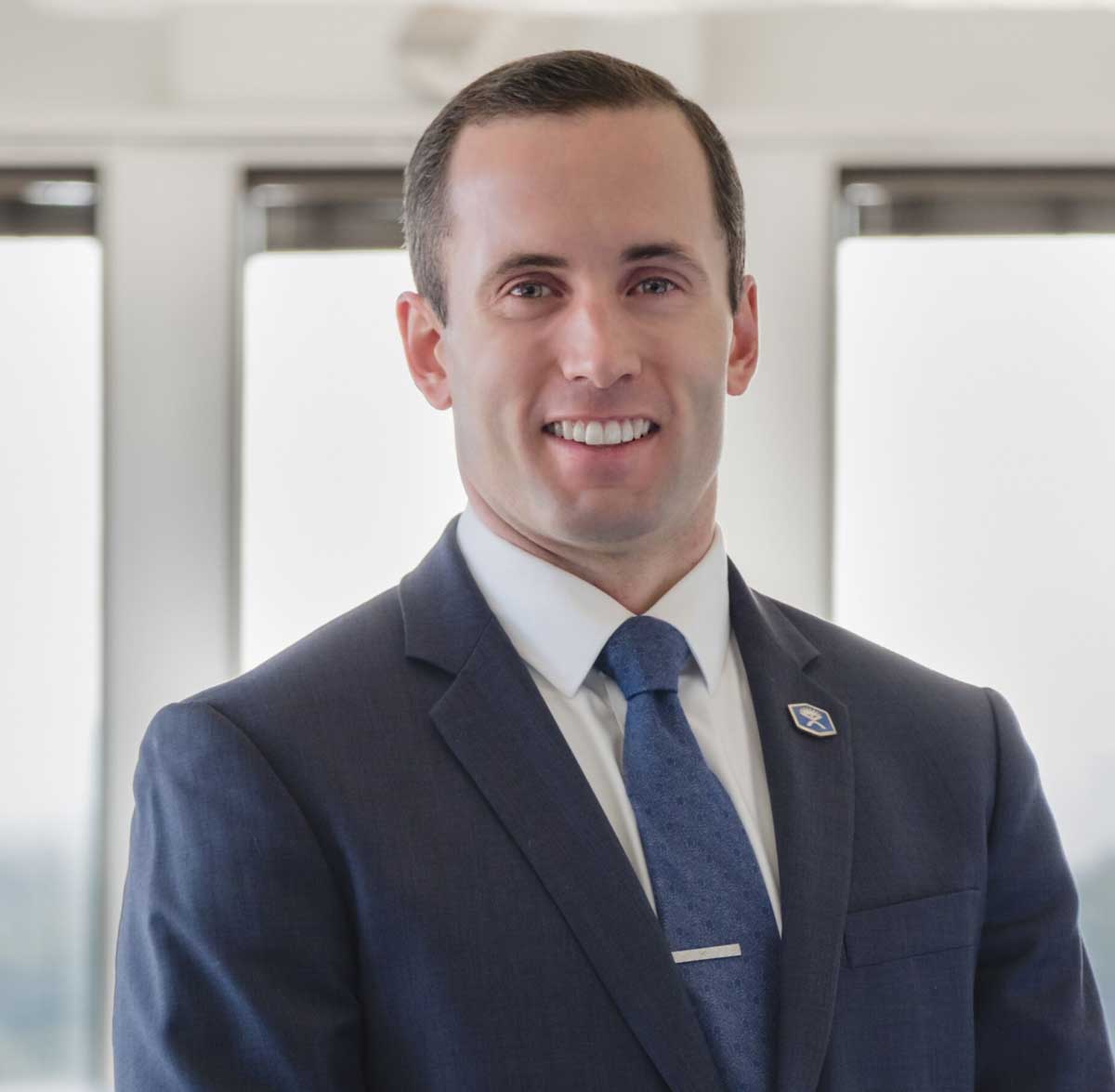Physical Therapy is in Tiger Woods’ future. Can it save his golf career?

Eight years ago, golf fans were not pondering whether Tiger Woods would break Jack Nicklaus’ hallowed record for most majors won, they were debating when it would happen. Debates continue to this day, although the question has changed. Now we are left wondering if Woods will ever play golf competitively again.
On February 23rd, Woods suffered multiple lower leg open fractures – meaning the bone protruded through skin. He immediately underwent extensive surgery, including the placement of a metal rod in his tibia – the shin bone – and pins in his foot.
Tiger Woods has been under the knife multiple times for back and knee injuries. Despite the numerous surgeries, including aggressive operations such as a lumbar spine fusion, Woods returned to competitive golf. He did not return to his perch of the most dominant and feared golfer on the planet, but he did win another Masters. The injuries Woods suffered last week make his previous injuries look like minor scrapes and bruises.
We have seen athletes return from gruesome lower leg injuries in the past – Alex Smith of the Washington Football Team being the most recent example. We have also seen careers immediately ended, as was the case with Joe Theismann.
For Woods, recovery is a possibility. He has demonstrated immense resilience in the past. Despite numerous leg and back surgeries, Woods remained a competitive force among the world’s elite golfers. This time however, the challenge is much greater. The injuries are more complex.
How extensive are the injuries?
The rehab process for Woods will be long and arduous. First, his bones need to heal. There is a difference between healing and reaching pre-injury form. Dr. R. Malcolm Smith, the Chief of Orthopedic Trauma at UMass Memorial Medical Center in Worcester, Mass, estimates Woods has about a “70 percent chance of it healing completely.”
Depending on the severity of the bone injuries and level of blood flow compromise, bone healing may require up to 12-14 months. He will be limited in the amount of weight he can place on his legs during the healing time. There is a risk his bones will never fully heal. This is only the beginning.
Woods will experience significant atrophy – loss of muscle. His strength, power, and mobility will all worsen. The accident caused severe tendon, ligament, and muscle damage as well.
The extent of potential nerve damage is unknown. If a nerve injury occurred, the 70% chance of recovery estimation will plummet.
Even if he does heal and is able to recover muscle mass and strength over time, the pins, rod, and severity of the injuries will likely limit his range of motion permanently. He will have to remake his golf swing. This will take time.
What will physical therapy look like for Tiger Woods?
Initial stages of recovery will focus on healing. Woods will likely start non-weight bearing activity while the bone recovers. This will result in further atrophy and weakening. Even once he can bear weight, the progress will be slow. Nutrition and sleep will be key components of his recovery.
There are strategies people can use with weight bearing restrictions. Woods can perform upper extremity exercise for cardiovascular health and maintaining upper body strength. He can do non-weight bearing exercises for his legs. As weightbearing restrictions are lifted, he can focus on high repetition, low resistance exercise to build endurance and slowly restore muscle mass.
We have to consider his age as well. Woods is as phenomenal athlete, which will help the recovery process, but at 45-years old, he will not recover as rapidly as most athletes. Alex Smith only fractured his leg and was 36-years old at the time of injury. It still took him 2 years and 17 surgeries to return. True, Smith developed an infection and sepsis, but his injuries were not as extensive. Furthermore, Woods is still at risk of developing an infection due to the open fractures.
The process will not be linear. He will have good days and bad days, but the progress will trend positive. The issue, however, is not in his ability to resume walking and restore muscle, but his ability to play golf again. His physical therapist will be able to tailor an exercise program to personalize his healing progress based on his goals.
The challenge of returning to golf
Golfers are picked on as not being “real” athletes. While they don’t run, jump, or tackle people (remember, Happy Gilmore was not real!), golfers display immense power and control of their bodies. Hitting a drive over 350 yards down a corridor only 15 yards wide requires refined and precise control of the entire body.
Woods swings a driver with a club head speed topping 130 mph. If the timing is off by fractions of a second, the ball ends up on the wrong fairway. To hit with precision and power, Woods requires complete control over every part of his body. This accident will limit that control.
If you watch a golf swing, you will see substantial rotation in the lower legs and ankle during the swing and follow-through. This is necessary for energy transfer to generate power. The pins in Woods’ feet and ankles will limit his rotation. This can impede the backswing and follow-through.
Additionally, it will take over a year for him to develop the muscle mass and restore the power he lost. He will then need to rework his swing within the new range of motion.
Woods has changed his swing numerous times in his career. He made alterations following his back and knee surgeries. The lumbar fusion specifically limits range of motion, but not in ways that significantly influence a golf swing.
The lumbar spine primarily bends forwards and backwards. He also did not fuse the whole lumbar region, allowing for compensations. Woods can still fully rotate his spine – most rotations comes from the thoracic spine – allowing him to perform nearly the same motion as pre-surgery. The foot and ankle pins provide a much different challenge.
The foot and ankle move in all three planes of motion. As a right-handed golfer, the right foot and ankle need to be able to invert – lift the inside of your heel off the ground – during the back swing and plantar flex – pointing the foot forward – during the follow-through. He will not be able to side-bend, rotate, or flex his foot and ankle as he did prior to the accident. The pivoting and shifting will be limited.
This will shorten his swing, reducing the amount of power he can develop. Physical therapy is often used to restore mobility, but no amount of exercise or manual therapy can reshape bones or alter surgical hardware.
Another concern will be his durability. Whether you want to acknowledge it or not, golf is fatiguing and requires endurance. Professional golfers walk 7,000-yard courses over a 5-hour period. Not the same as running 7,000 yards, but fatigue does set in. Will his foot and ankle tolerate the prolonged walking over undulating landscapes? Throw in 30-40 high effort swings (putting and chipping shouldn’t be affected) and performance may degrade throughout the round.
This will be another primary emphasis of his rehabilitation. Physical therapy will need to replicate the demands of golf. Woods will likely return to a golf course to build up his resilience. The question is whether he can ditch the golf cart and keep up with the best players in the world.
Will Tiger Woods return to the PGA?
I do not believe he will. I think he will return to the golf course, just not competitively. He can still be one of the best putters and chippers in the world, but his power will be sapped. He will also struggle with durability.
There is a vast difference in performance between scratch golfers and PGA tour professionals. I have no doubt Woods can still be among the top 1% in the world, but his days of being among the world’s elite are likely over.
Granted, the human body is resilient, and Woods has an impressive set of genetics. He won the Masters after four back surgeries, a feat most physicians and physical therapists would not have thought possible. If anyone can return it is him. If he does, however, expect it to be at least 2 years from now, and expect Tiger 3.0 to look much different.
ABOUT THE AUTHOR

Zach Walston (PT, DPT, OCS) grew up in Northern Virginia and earned his Bachelor of Science in Human Nutrition, Foods, and Exercise at Virginia Polytechnic Institute and State University. He then received his Doctorate of Physical Therapy from Emory University before graduating from the PT Solutions’ Orthopaedic Residency Program in 2015.
Zach has numerous research publications in peer-reviewed rehabilitation and medical journals. He has developed and taught weekend continuing education courses in the areas of plan of care development, exercise prescription, pain science, and nutrition. He has presented full education sessions at APTA NEXT conference and ACRM, PTAG, and FOTO annual conferences multiple platforms sessions and posters at CSM.
Zach is an active member of the Orthopedic and Research sections of the American Physical Therapy Association and the Physical Therapy Association of Georgia. He currently serves on the APTA Science and Practice Affairs Committee and the PTAG Barney Poole Leadership Academy.